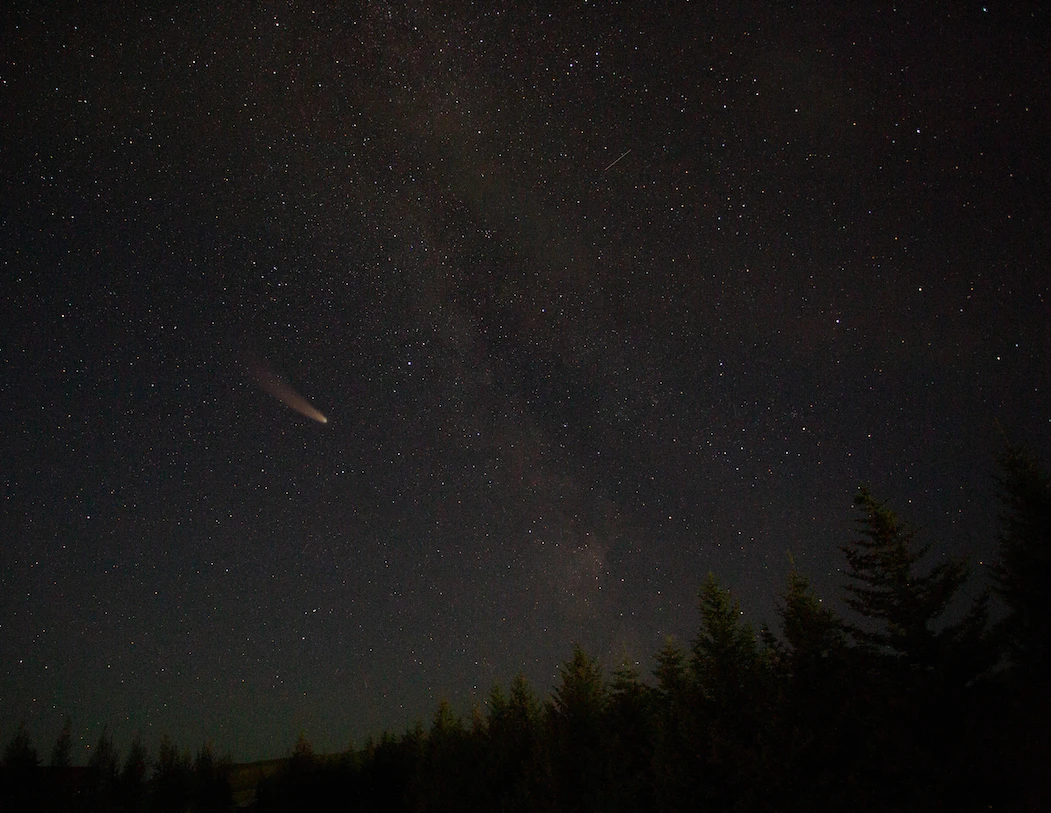Allende Meteorite

Allende Meteorite fusion crust (Credits: Anthonie Meinema)

Allende meteorite inner side texture (Credits: Anthonie Meinema)
View the 3D model of Allende.
Name: Allende
Classification: CV3
Fall / Find: Fall, 8/2/1969
Location: Chihuahua, Mexico
Historical Significance:
In 1969, the Allende meteorite fragmented in the atmosphere and then plummeted to Earth in a shower of stones. The meteorite was collected over an 8 by 50 km region, weighing more than two tons with the largest stone weighing over 110 kilograms and the tiniest stone weighing just 12 grams (McSween, 2019). (Sysadmin, 1969). The Allende meteorites were studied as preparation for the meteorites just before the Apollo missions returned the first lunar rocks (McSween, 2019). In order to investigate the lunar rocks, NASA had recently obtained cutting-edge equipment, which they utilized to examine the samples from the Allende meteorite.
Due to the rarity of carbonaceous chondrite meteorites, the fall of the Allende meteorite greatly increased our understanding of them. The investigation of the Allende meteorite has made meteorite research a vital component of earth sciences and has given rise to brand-new fields of study including cosmo-chemistry, planetary science, and astronomy (Sysadmin, 1969).
Mineralogy and Identification:
This meteorite contains chondrules. It is also possible to find organic compounds. Allende has calcium-aluminum inclusions. These inclusions vary in color from white to pink. The texture is coarsely crystalline, but could also be fine-grained (Marvan et al., 1970).
Analyses of Type III meteorites show about 0.5–2% of carbon and 2% combined water; they consist largely of olivine (often variable in composition, but averaging 30–40 mole per cent Fe2SiO4), with accessory pigeonite and sulfide minerals, and have a density about 3.4 (Mason, 1963).
The hand sample of the dark-gray Allende meteorite has white or light-gray inclusions. The meteorite has a darker grey fusion crust on its underside that is also seen on other Allende meteorite samples.
References
Grossman, L. (1980). Refractory inclusions in the Allende meteorite. Annual Review of Earth and Planetary Sciences, 8, 559-608.
Lunar and Planetary Institute, Dasch, P., Treimann, A., (n.d.). Ancient life on mars? https://www.lpi.usra.edu/publications/slidesets/marslife/slide_10.html
Marvin et al.(1970). Ca–Al rich phases in the Allende meteorite. Earth Planet. Sci. Lett., 7 (1970), pp. 346-350 https://doi.org/10.1016/0012-821X(69)90048-X
Mason, B. The carbonaceous chondrites. Space Sci Rev 1, 621–646 (1963). https://doi.org/10.1007/BF00212446
McSween, H. Y. (2019, February 13). Allende meteorite. Encyclopedia Britannica. https://www.britannica.com/science/Allende-meteorite
Sysadmin. (1969, February 8). Allende meteorite fall, February 8, 1969. Smithsonian Institution Archives. Retrieved June 7, 2022, from https://siarchives.si.edu/collections/siris_sic_13852
The Meteoretical Society (n.d.). Recommended classifcations. https://www.lpi.usra.edu/meteor/metbullclass.php?sea=CV3

